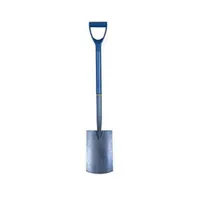How to get rid of moles in your lawn – deter burrowing pests from the garden without causing harm
Is your garden filled with unwanted dirt mounds? You might have a mole problem - here's how to solve it safely and humanely


When your garden is suddenly full of small mounds of soil you'll probably want to master the tricks behind how to get rid of moles. While they're only small creatures, they can create an enormous mess in our gardens.
It's no use learning how to level your lawn when you've got an unresolved mole infestation, these tiny animals will quickly dig tunnels under your immaculately groomed lawn. That's why it's best to act fast, using safe and humane methods for deterring these creatures will save you a lot of time and money in the long run.
Similar to stopping foxes from coming into your garden, pest control experts recommend using natural solutions for controlling a mole problem. Here are their most effective harmless methods and how to ensure they work long-term.
How to get rid of moles in your lawn: expert advice
While you might think moles are a rare garden visitor, they become a more common problem when the weather starts warming up and insects start buzzing around the garden again. You might find yourself dealing with flies in the house at the same time as moles in the garden.
"With more insects invading our gardens as the weather gets warmer, it provides plenty of food for moles to enjoy, increasing the potential chances of an infestation,' explains John Stewart, pest prevention specialist at Pest-Stop. "Moles love moist soil and have a particular taste for worms. This is why they often appear in the summer months when the temperature cools in the evening."
No matter the season, it's best to prepare yourself with the knowledge of how to tackle the problem before it gets out of hand.
1. Border your garden with natural plants

Plants can be very powerful in helping us with pests and other jobs around the garden. Certain plants can even help stop rats coming into your garden just because of the way they smell.
Sign up to our free daily email for the latest royal and entertainment news, interesting opinion, expert advice on styling and beauty trends, and no-nonsense guides to the health and wellness questions you want answered.
"Growing certain types of flowers that border your garden is a natural way to deter moles as they will avoid digging near the roots of particular plants. Daffodils bulbs, for example, are toxic, so moles will avoid tunnelling near them," explains John.
He adds that marigolds are also a good option because they contain natural pyrethrins which are likely to repel the insects and bugs that moles feed on. That way you're stopping their food source which should help them move onto a different garden.
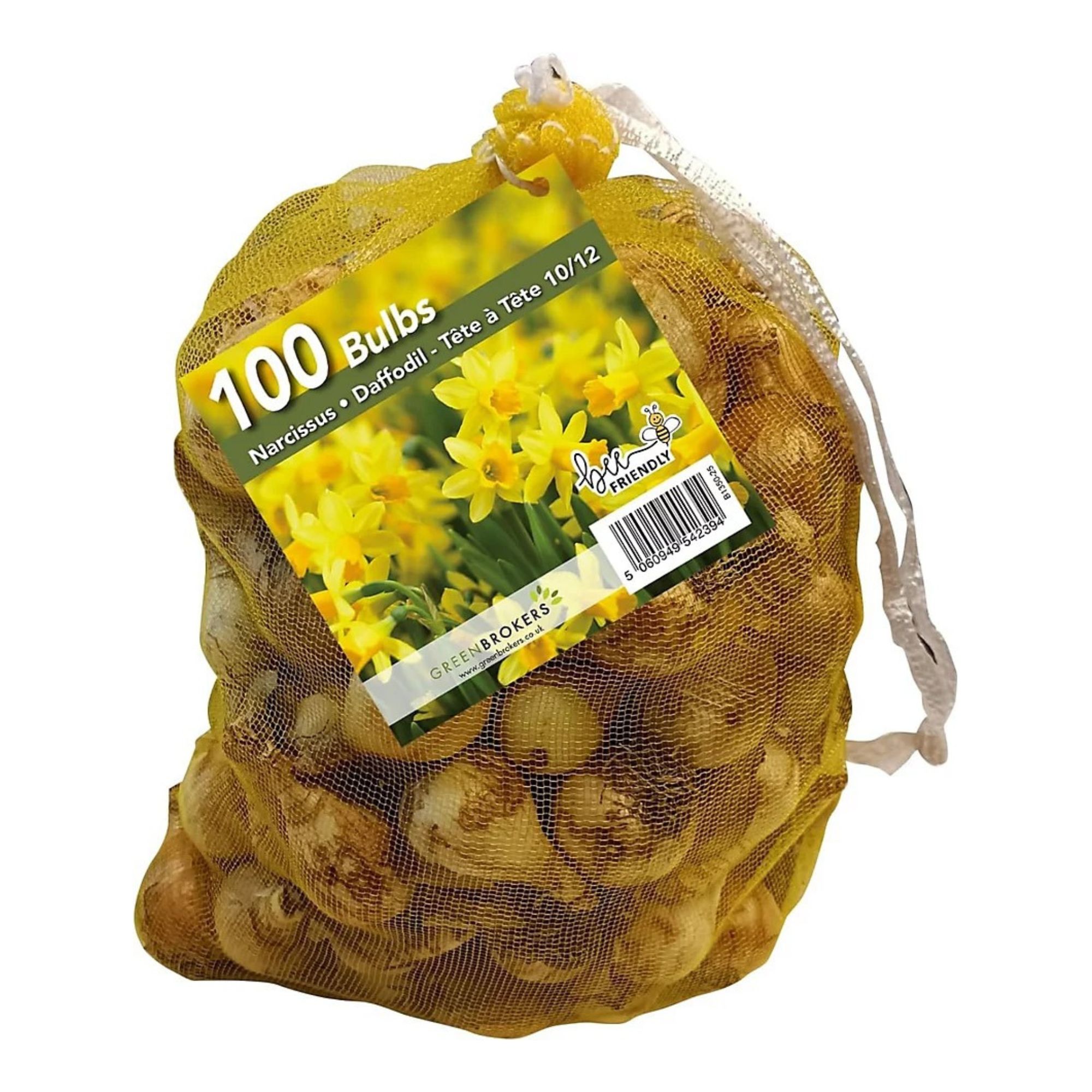
RRP: £29.99 | If you're looking to fill multiple pots in your garden these bulbs are perfect for the job. They're bee-friendly, easy planting and come in eco-friendly packaging.
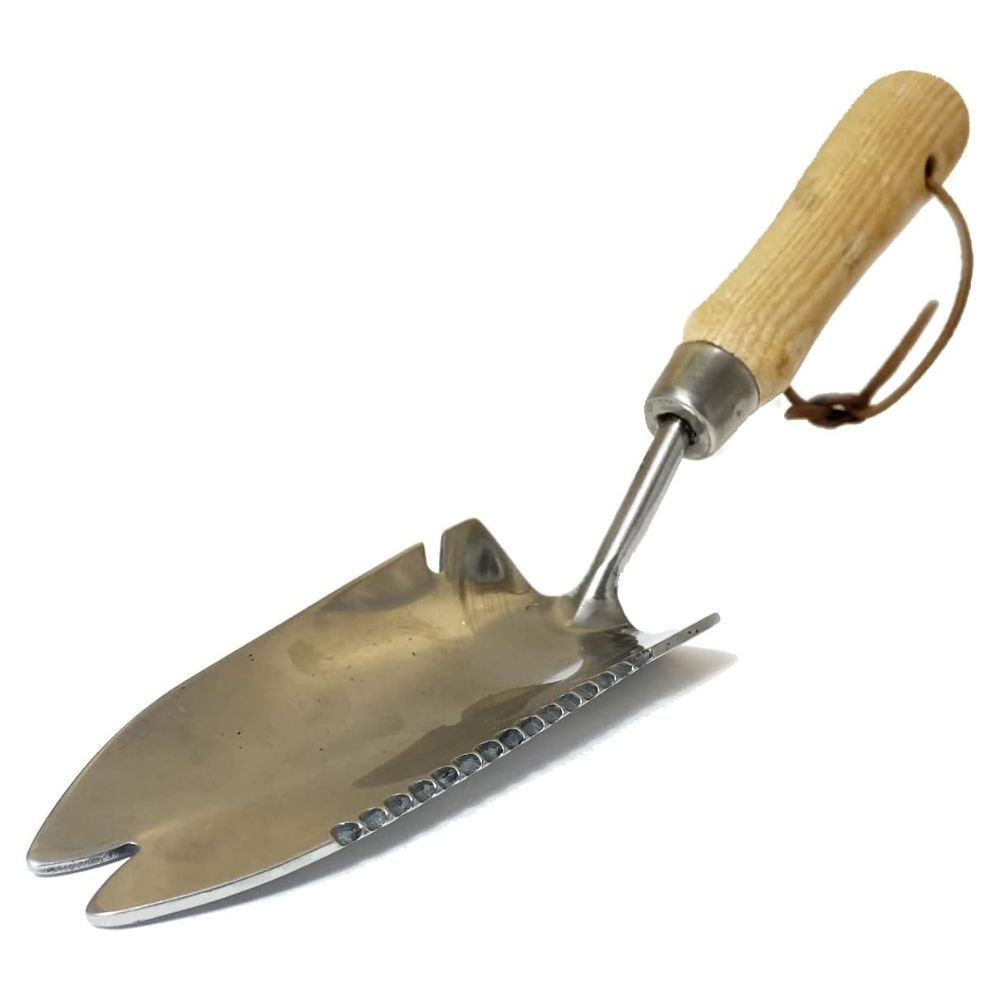
RRP: £15.95 | This hand trowel does it all, from cutting through root balls to using the fishtail tip to lift rooted weeds. There's even a twine-cutting notch that doubles up as a bottle opener.
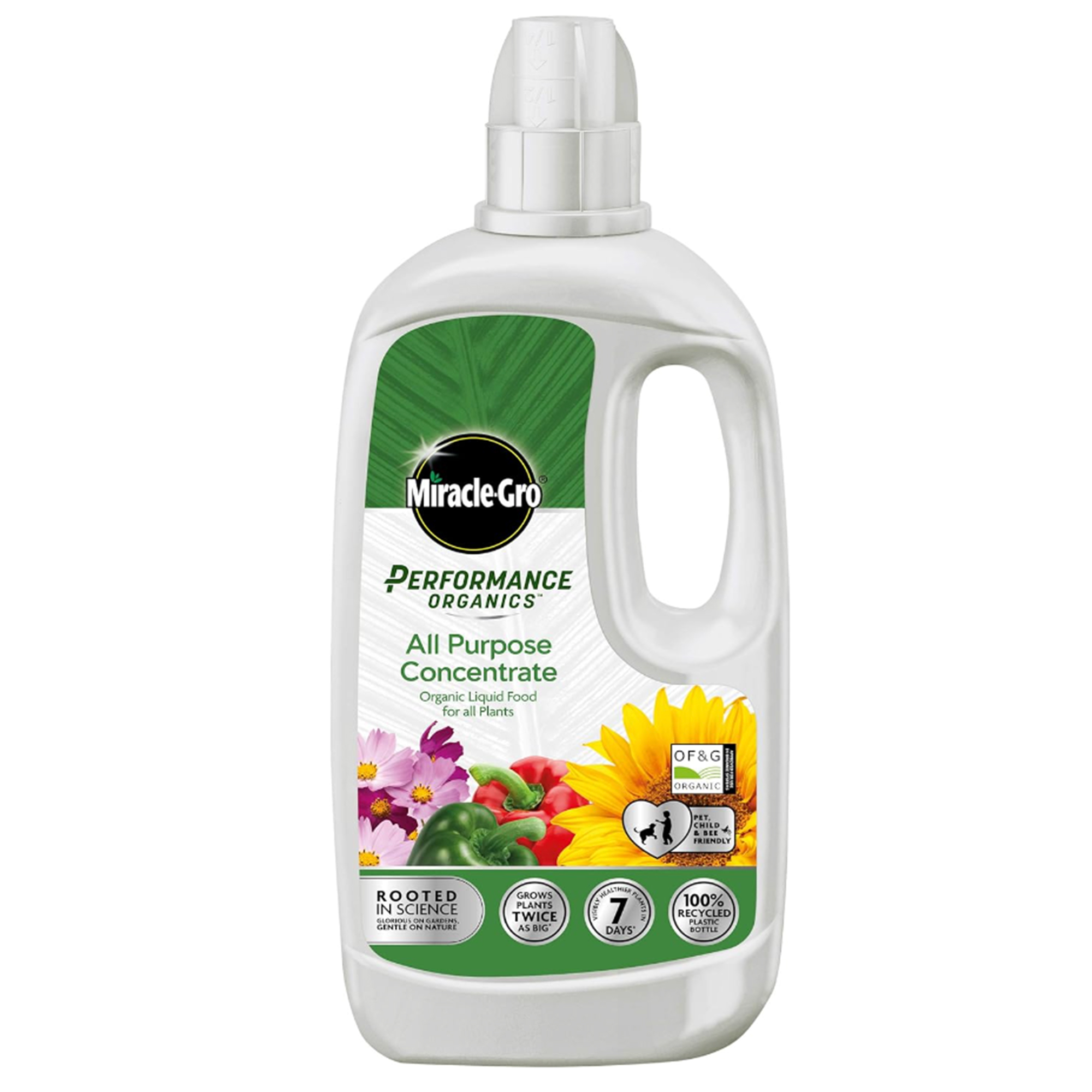
RRP: £6.50 | This all-purpose plant food is an organic liquid plant food that aims to deliver sufficient nutrients to help plants grow twice as big, organically.
2. Use natural deterrents
Plants and flowers aren't the only natural deterrents that will make moles think twice about setting up shop in your garden. Like how peppermint can help get rid of spiders, some household items have the same effect on moles – such as using coffee grounds in the garden.
"Natural methods can be highly effective in deterring moles," says Daniel Steward, managing director at Sheild Pest Control. "Moles are sensitive to strong scents so sprinkling coffee grounds or cayenne pepper into their tunnels can help drive them away." Alternatively, he recommends spraying a diluted vinegar spray on the tunnels as this can repel them too.
"Additionally, planting marigolds serves as a natural deterrent as moles dislike their scent. Another useful hack is to install wind chimes - these create soil vibrations that disturb moles, encouraging them to relocate," adds Daniel.
3. Dig underground barriers

Whilst this method is effective to some extent it requires a lot of manual labour and can be pretty disruptive of your best garden plants.
Angela Slater, a gardening expert at Hayes Garden World says, "Barriers around the perimeter of the garden can deter the moles but does involve quite a bit of hard work. You need to dig a trench around the garden about 18 inches deep. Insert the chicken wire in an ‘L’ shape pointing away from your garden then refill the trench."

Angela has been in the gardening industry since joining Hayes, but only directly involved since 2001 when she left university and joined the outdoor plant team. She holds a degree in Conservation and Land Management, and has had an active interest in gardening since the age of six.
Heavy Duty 1m Digging Spade: £24.49 at B&Q
<p>It's always best to invest a little more money if you can into your gardening tools, not only so they do the job right but they also last longer. This one from B&Q has a hammer-finished blade and comes with a year guarantee.4. Install ultrasonic-repellent devices
Using ultra-sonic devices is a very common method for pest control, especially when you're taking the humane route. These ones are slightly different than the model you'd buy for deterring cats from your garden.
John says, "These mole repellers are an environmentally friendly and humane method of preventing a mole infestation. The product emits a frequency of varied sonic pulses into the ground in a circular pattern which will deter moles from tunnelling under the surface of your lawn. While effective, this method may take some time before moles are completely driven away."
Just make sure you get the right type of device or you might be upsetting your pets without realising.
4 Packs of Mole Solar Sonic Pest Repeller Stakes: £19.78 at Amazon
<p>If you want a quick and effective solution these sonic stakes are just the thing. They're solar so you don't need to worry about batteries or charging and completely waterproof so they'll work no matter the season.5. Manage the water in your garden

You probably already know how to water your garden plants properly but because moles love moist soil you may want to reevaluate how often you do it.
"Improving your drainage system in your garden will decrease the likelihood of a mole infestation due to less moisture in the soil," explains John.
He adds, "This can also be achieved by watering your lawn less, which is perhaps not the best solution, but if you can strike a balance between it being a harder surface and not prohibiting the growth of the grass or plants, it is likely to deter moles as it reduces their food supply."
6. Let your pets frequent the garden
Letting the dogs run around the garden might sound like a major lawn care mistake but when it comes to a mole problem their energy can actually help.
"The sound of dogs barking and running around in your garden or cats waiting patiently for their prey to emerge naturally encourages moles to reside elsewhere. If you have pets, an easy way to prevent moles is to let them out in the garden regularly," says John.
FAQs
What is the fastest way to get rid of moles in the garden?
With moles being so destructive, you'll probably not want to hang around and let them wreak complete havoc especially when you've worked so hard sticking to the essential lawn care tips.
Angela says, "The fastest way to get rid of moles is to use ultrasonic devices. They just make the environment intolerable to the moles and they will move off to a more acceptable territory."
Why do moles suddenly appear in the garden?
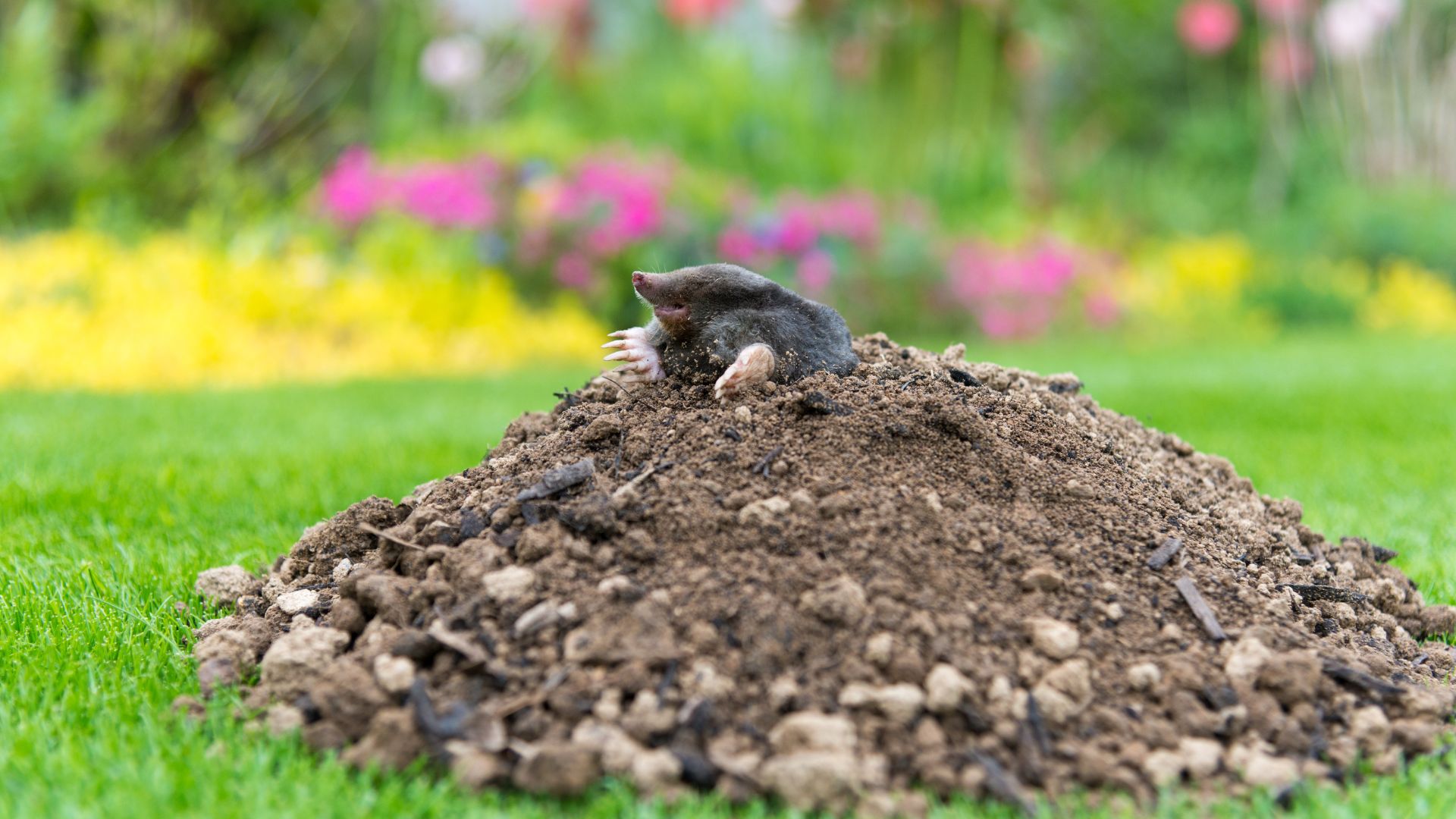
While you can usually find the source for other pests turning up, with moles it might not be so obvious. For example, when it comes to ridding your house of mice the first place to look is your bins or food compost.
For moles, it can be more complex. Angela explains, "Moles will appear in the garden if they have exhausted their present territory and worms are abundant in your garden. Getting rid of the worms would entail using noxious chemicals and will damage the structure of your soil leading to compaction and standing water so definitely not a solution to be considered."
This is why the only solution is to work on prevention and deterrents sooner rather than later.
Will moles keep coming back?
Unfortunately, moles are one of the more stubborn types of wildlife and unless something changes with what your garden is offering them.
Daniel says, "If your garden remains an attractive habitat for moles, they will keep returning. An abundant food supply combined with soft, well-maintained soil creates the perfect environment for tunnelling."
He goes on to explain that if you don't take proactive steps to deter them then moles are likely to remain a nuisance. "If the problem becomes unmanageable, we recommend consulting a professional, to assess the situation and effectively eliminate the pests," he finishes.
Whilst it's important to know the ways to help your garden bloom through the year, being aware of potential pests and how to deter them is just as key. You don't want to lose all your hard work to an unsuspecting little critter.

Emily joined woman&home as a staff writer after finishing her MA in Magazine Journalism from City University in 2023. After writing various health and news content, she now specialises in lifestyle, covering unique cleaning hacks, gardening how-tos, and everything to help your houseplants thrive.
